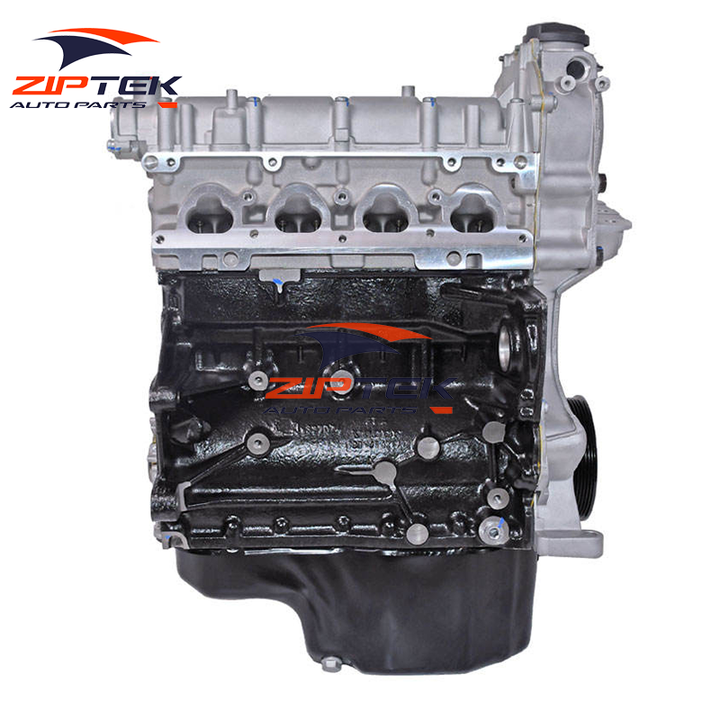Install a state-of-the-art clp engine for better performance.
Install a state-of-the-art clp engine for better performance.
Blog Article
How a Clp Engine Can Boost Efficiency in Numerous Industries
The development of CLP engines notes a considerable shift in functional efficiency across numerous markets, driven by their capacity to enhance fuel consumption and decrease downtime. Industries such as manufacturing and logistics stand to obtain considerably from their durable design and constant power result, which promise to improve procedures and enhance efficiency. As companies increasingly focus on sustainability along with efficiency, the function of CLP engines comes to be much more critical. What stays to be seen is just how these advancements will form the future landscape of commercial operations and their impact on wider financial patterns (clp engine).
Review of CLP Engines
CLP engines, or Continual Liquid Propellant engines, represent a significant advancement in propulsion modern technology, specifically for area applications. These engines utilize a continuous feed system that permits the continual expulsion of propellant, causing enhanced efficiency and efficiency compared to traditional strong or hybrid propulsion systems. By preserving a constant circulation of liquid propellant, CLP engines can attain extra specific thrust control, which is essential for steering spacecraft in different objective scenarios.
The design of CLP engines incorporates sophisticated materials and innovative fuel monitoring systems. clp engine. This leads to reduced weight and raised dependability, essential variables for long-duration space goals. Additionally, the continual operation decreases the risk of burning instability, a common difficulty in standard rocket engines.

Advantages in Production
The production of Constant Liquid Propellant (CLP) engines provides several notable advantages that enhance both efficiency and cost-effectiveness. Among the key advantages is the streamlined production process, which lowers the intricacy connected with conventional propulsion systems. By making use of liquid propellant, manufacturers can attain better precision in engine performance, bring about maximized energy result and reduced waste.
In addition, CLP engines promote a higher level of modularity, enabling much easier combination into numerous production lines. This flexibility can dramatically reduce lead times and boost general operational versatility. Making use of CLP modern technology likewise often tends to decrease the requirement for extensive upkeep due to less moving components, which equates right into decreased downtime and functional costs.

Applications in Logistics
Leveraging Continuous Liquid Propellant (CLP) engines in logistics provides considerable advantages in operational efficiency and reliability. These engines offer a robust service for various transportation requirements, making it possible for the smooth motion of products across large distances. The inherent design of CLP engines permits regular power result, which equates right into smoother and extra foreseeable transport routines.
One of the key applications of CLP engines in logistics remains in sturdy freight transport, where they can drive both ground and aerial automobiles. Their capability to maintain high efficiency under differing load problems makes certain that pop over to these guys shipment timelines are satisfied, thereby boosting consumer fulfillment. Additionally, CLP engines can be incorporated into automated logistics systems, helping with real-time monitoring and enhancing route preparation.
Additionally, the toughness of CLP engines decreases maintenance downtime, allowing logistics business to optimize their functional abilities. This is particularly beneficial in warehousing procedures, where efficiency in taking care of and delivering goods is critical. As logistics remains to develop, the integration of CLP engines stands for a forward-thinking approach that not just improves performance yet likewise sustains the industry's expanding needs for dependability and speed.
Influence On Energy Effectiveness
Just How do Continuous Fluid Propellant (CLP) engines enhance energy performance in transportation? CLP engines use a consistent circulation of fluid gas, maximizing combustion processes and keeping a stable drive result. This layout decreases energy losses connected with traditional combustion engines, where gas distribution can vary and result in inadequacies.
The continual procedure of CLP engines allows for a much more reliable thermal cycle, resulting in higher certain impulse contrasted to standard engines. clp engine. This translates to decreased fuel usage for the very same quantity of job done, considerably reducing functional prices throughout numerous transportation sectors, including air travel and maritime sectors
Moreover, the ability of CLP engines to maintain optimal performance under varying load conditions decreases the requirement for regular acceleration and deceleration, additionally enhancing fuel efficiency. Improved energy efficiency not only contributes to cost financial savings but also results in lower greenhouse gas exhausts, straightening with international sustainability objectives.
Future Trends and Innovations
Arising improvements in Constant Liquid Propellant use this link (CLP) engine technology promise to revolutionize the landscape of transport efficiency and sustainability. As sectors pivot towards greener options, CLP engines stand at the forefront, integrating cutting-edge products and style approaches that enhance performance while reducing environmental influence.
Among the most promising fads is the adoption of hybrid systems that incorporate CLP engines with sustainable energy this resources. This harmony can enhance fuel consumption and lower exhausts, lining up with global sustainability objectives. Furthermore, advancements in computational liquid dynamics (CFD) are promoting the style of more aerodynamically reliable engines, resulting in lowered drag and enhanced fuel effectiveness.
Furthermore, the advancement of smart tracking systems is established to improve functional efficiencies. These systems utilize data analytics and IoT innovation to optimize engine performance in real-time, making certain that the engines operate within their most reliable parameters.
As research study proceeds to explore alternate propellant solutions-- such as biofuels and synthetic gas-- the future of CLP engines looks promising. By taking advantage of these innovations, industries can not just boost their efficiency however additionally add considerably to a cleaner, a lot more lasting future in transportation.
Verdict
In conclusion, CLP engines represent a significant innovation in performance throughout several sectors. The assimilation of sophisticated materials and fewer moving parts decreases upkeep requirements, while positioning with sustainability goals placements CLP engines as a crucial modern technology for the future.
Report this page